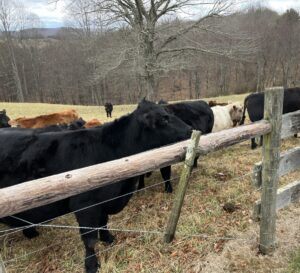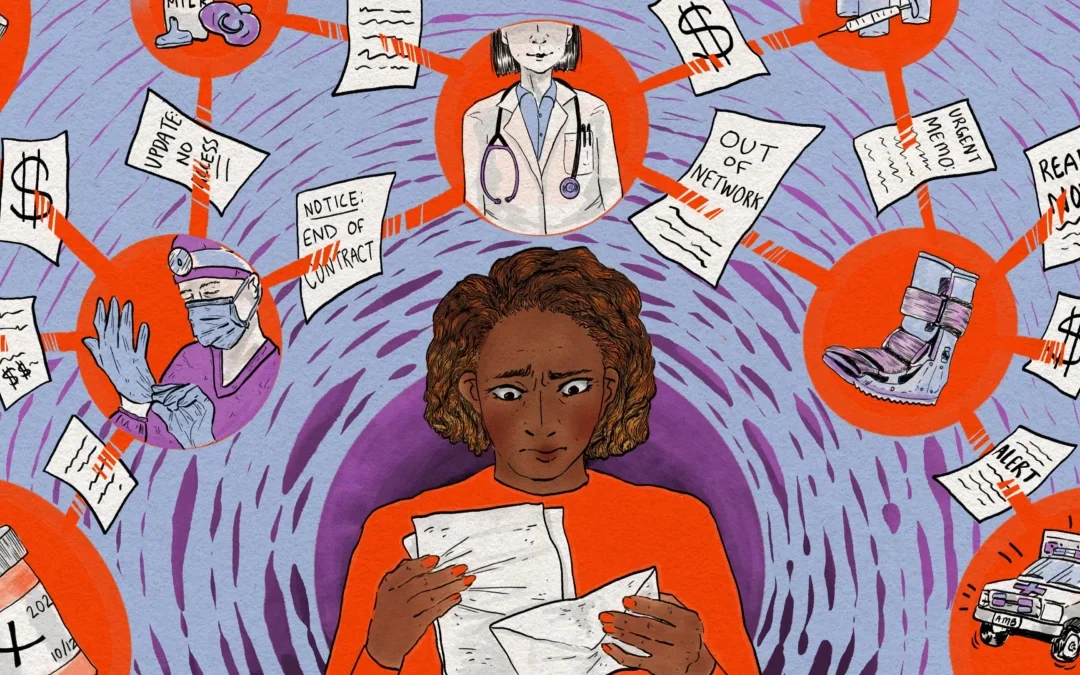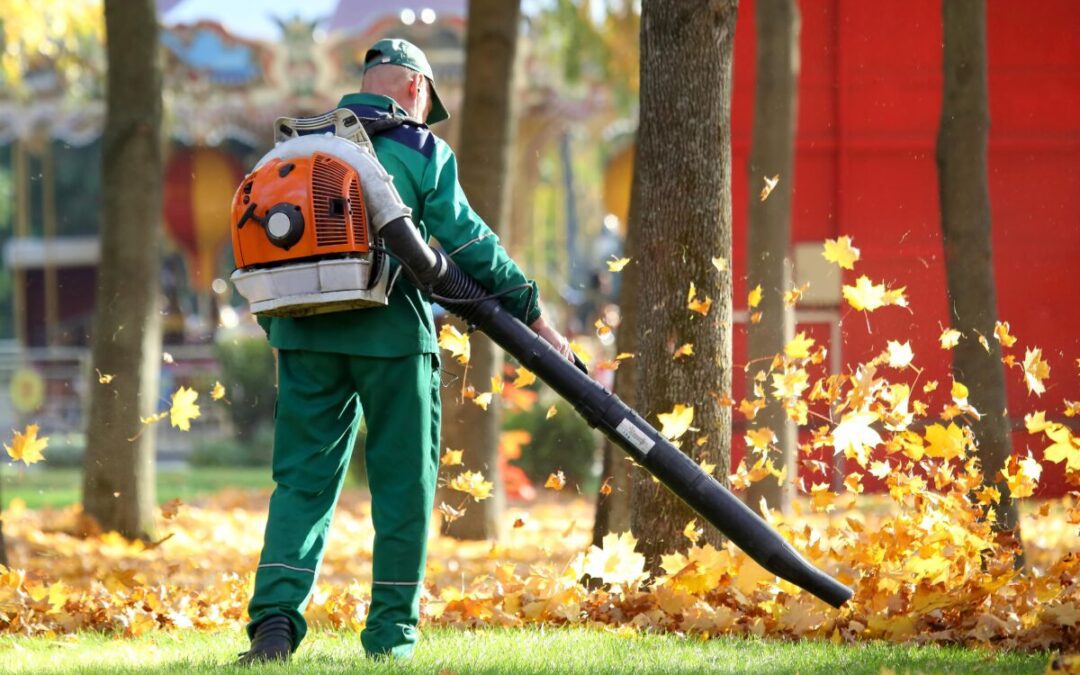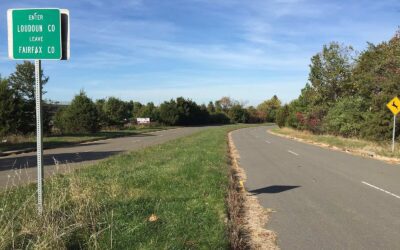
The Oyster Trail connects visitors with eco-tourism, cultural experiences, and culinary adventures centered around Virginia oysters. (Virginia Tourism Corporation)
Discover surprising facts about Virginia’s agriculture, from billion-dollar exports to innovative farming methods like hydroponics and vertical berry farming.
Virginia’s agricultural industry is more than rolling fields and family farms—it’s a powerhouse of economic impact, innovation, and tradition. From billion-dollar exports to the rise of hydroponics, here are some surprising facts about Virginia’s agriculture.
1. Virginia farms have an annual economic impact of $82.3 billion.
Virginia’s agriculture industry is the commonwealth’s largest private sector, generating an annual economic impact of $82.3 billion. It supports more than 381,800 jobs and contributes $43.8 billion in value-added impact. When combined with forestry, the total economic impact exceeds $105 billion, providing over 490,000 jobs in Virginia. Notably, each job in agriculture and forestry supports an additional 1.6 jobs in other sectors of the commonwealth’s economy.
2. Soybean exports brought in over $1.4 billion in 2023.
In 2023, Virginia’s top agricultural and forestry exports included soybeans, which brought in over $1.4 billion, followed by pork at more than $862 million, wood products exceeding $400 million, poultry at over $200 million, and tobacco earning more than $180 million.
3. Virginia has 39,000 farms.
Virginia is home to 39,000 farms, covering a total of 7.3 million acres. The average farm size is 187 acres, and 95% of these farms are family-owned.

There are 39,000 farms in Virginia. Pictured here is a beef cattle farm in Carroll County. (Aila Boyd)
4. China is Virginia’s top export market.
In 2023, Virginia’s agricultural and forestry exports totaled over $3.6 billion, with China as the commonwealth’s top market. China imported more than $912 million in agricultural goods, followed by Canada at $429 million and the United Kingdom at $247 million. Other top export destinations included Taiwan and Belgium.
5. Roughly a quarter of Virginia farmers are women.
Women play a significant role in Virginia’s agricultural industry, with 25,237 female farmers across the commonwealth. Rockingham and Loudoun counties have the highest number of female operators. In total, Virginia has 67,798 agricultural producers, 42,561 of whom are male and 25,237 of whom are female.

Candace Monaghan, owner of Beaver Dam Farm in Botetourt County, is one of the 25,237 female farmers in Virginia. (Courtesy of Candace Monaghan)
6. There are 265 farmers markets in Virginia.
Virginia is a local food lover’s dream, boasting 265 farmers markets across the commonwealth. Of those, 54 remain open year-round, providing fresh, locally grown produce even in the winter months.
One standout market is the Botetourt Farmers Market, which operates from May to October and features local produce, meats, baked goods, and handmade crafts. The market also hosts annual festivals like the Tomato Festival and Honey Fest.

Every year the Botetourt Farmers Market holds a Tomato Festival. (Botetourt Farmers Market)
7. Interest in hydroponics is growing in Virginia.
Hydroponics is on the rise in Virginia, with increasing interest from both small-scale hobbyists and commercial growers. This soil-free farming method is being championed by experts like Chris Mullins, a horticulture specialist at Virginia State University, who helps farmers design cost-effective hydroponic and aquaponic systems. The surge in interest, particularly since the COVID-19 pandemic, has led to significant growth in the industry.
In addition to established operations like Endless Summer Harvest in Purcellville, new ventures are also making their mark. In 2023, Gov. Glenn Youngkin announced a major investment from Better Future Farms in Louisa County, which was celebrated for bringing a state-of-the-art hydroponic greenhouse to the area, creating hundreds of jobs and boosting local agriculture.
8. Virginia has an official oyster trail.
Seafood lovers can explore the Virginia Oyster Trail, a non-profit initiative that highlights the commonwealth’s thriving oyster industry. The trail connects visitors with eco-tourism, cultural experiences, and culinary adventures centered around Virginia oysters.
One notable stop is Chessie Seafood and Aqua Farms, located at the mouth of the York River near Yorktown. The farm raises oysters using environmentally friendly aquaculture techniques and only harvests to order, ensuring freshness. Its York River oysters are known for their deep cups, moderate salinity, and buttery finish. Visitors can even purchase oysters on-site with advance notice.
9. The world’s first farm-to-grow indoor, vertically farmed berries were grown in Chesterfield.
Virginia is home to the world’s first large-scale indoor, vertically farmed berry farm, Plenty Richmond Farm, located in Chesterfield. The farm exclusively grows Driscoll’s strawberries, producing over 4 million pounds annually in under 40,000 square feet using vertical towers and AI-driven environmental controls to optimize flavor, yield, and quality.
This innovative approach reduces land and water use by 97% and 90%, respectively, compared to traditional farming. Set within a 120-acre campus, the farm will create over 300 jobs and solidify Virginia’s position as a leader in controlled environment agriculture. The first harvest will be available in early 2025.

Plenty Richmond Farm in Chesterfield exclusively grows Driscoll’s strawberries. (Mike Mozart/CC BY 2.0)
10. Tobacco was colonial Virginia’s most successful cash crop.
Tobacco was once Virginia’s most lucrative crop. Introduced by Virginia Indians and refined by John Rolfe in 1612, tobacco quickly became the backbone of the colony’s economy, especially in the Chesapeake region. It served as currency for labor, taxes, and goods and fueled the growth of towns like Norfolk and Richmond. While large planters exported tobacco to England, smaller ones worked with local agents.
Price fluctuations from overproduction and British war disruptions in the mid-1600s stabilized in the 1740s and 1750s. However, by the American Revolution, tobacco production had dropped to less than 25% of prewar levels as planters shifted to food crops.
11. Enslaved Africans first brought peanuts to Virginia in the early 1700s.
Peanuts were introduced to Virginia in the early 1700s by enslaved Africans, who planted them for animal feed. It wasn’t until the 19th century, with the work of biologist George Washington Carver, that peanuts became a major crop. Carver developed over 300 uses for peanuts, transforming the crop into a valuable agricultural product. By 1842, peanuts were being commercially grown in Virginia, which would go on to become the nation’s leading peanut producer by the mid-1800s.
12. Only genuine Smithfield hams can legally be labeled or advertised as such.
Virginia is famous for its Smithfield hams, but only those that meet strict criteria outlined in the Code of Virginia can be labeled or advertised as “genuine.” This ensures the authenticity and quality of the product, preserving the iconic flavor and tradition of the region.
For a taste of this culinary heritage, visit the Taste of Smithfield restaurant and store, where you can sample authentic dishes like Smithfield carver ham and signature sandwiches.
This article first appeared on Good Info News Wire and is republished here under a Creative Commons license.

Why health insurance is so expensive this year — and what you can do about it.
Michelle Andrews November 4, 2025 This year’s Obamacare open enrollment period, which started Nov. 1 in most states, is full of uncertainty and...

So your insurance dropped your doctor. Now what?
Bram Sable-Smith and Oona Zenda Illustrations by Oona Zenda October 29, 2025 Last winter, Amber Wingler started getting a series of increasingly...

Time’s running out for VA heating system tax credits
Learn how to take advantage of the Inflation Reduction Act tax credits in Virginia by installing an energy-efficient heating system. As...

More Virginians leaving leaves, a boon for sustainability, survey finds
By Zamone Perez More Virginians are leaving leaves on the ground during the autumn season, providing a boon to local ecosystems and cutting...

The Social Security Administration is no longer issuing paper checks. Here’s what you need to know
The Social Security Administration (SSA) has switched to electronic forms of payment. Here’s how you can set up your automatic payments with ease....

Rate of uninsured children up in VA as pandemic-era protections end
By Zamone PerezThe rate of children without health insurance grew in Virginia and across the country, hitting its highest levels in more than a...





